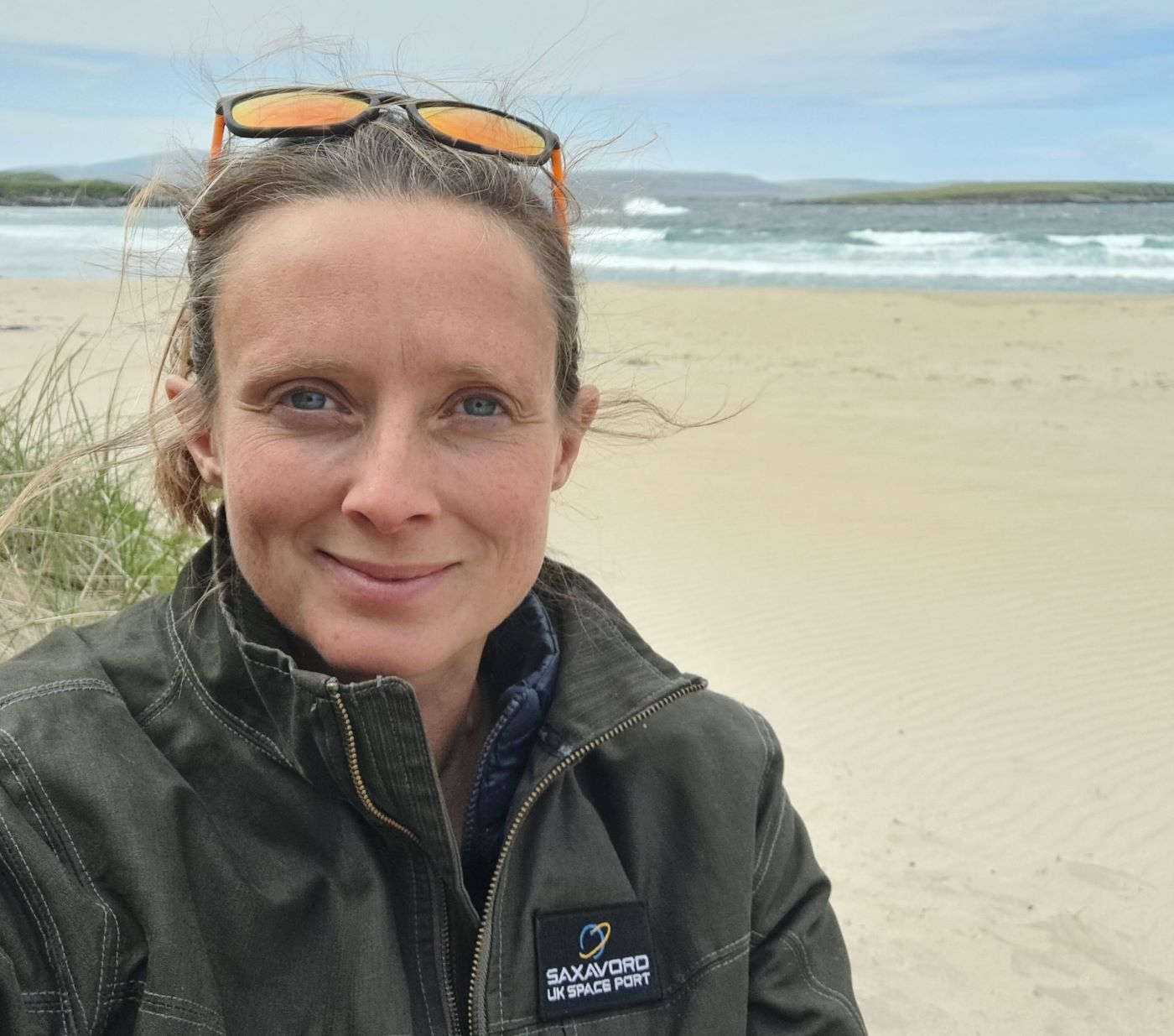SWIM to ATM reform
In Europe alone there are up to 33,000 flights a day creating a management challenge for existing Aeronautical Information Systems (AIS) specialists across the world. SESAR JU describes the current system and infrastructure as ‘arcane’. It is no surprise then that to increase capacity and improve aviation safety a complete reform of the current ATM system is required.
At the heart of this reform is a concept called System Wide Information Management (SWIM). SWIM breaks from the current ‘product-centric’ approach of having a standalone system for each ATM function and promotes a 'net-centric' approach where data is exchanged between systems in an interoperable manner based on open standards.
The Product-Centric Legacy
Often referred to as ‘product centric’ or ‘silo’ architecture (fig 1), data management within current systems tends to be bespoke to a particular ATM function or application where data is stored and accessed in a standalone environment. When the same information is required for a different ATM function in a different system, data is often duplicated within an organisation. This duplication is amplified across all ATM stakeholders, where each stakeholder stores and manages a copy of it’s own data in its own bespoke system. When errors are resolved or corrected in one system they are not resolved in another. The result is a dramatic variation of data quality from system to system. Internally, organisations have often worked around this problem by developing complex bespoke integration software between systems but this is extremely expensive to maintain and adds considerable operational cost and risk of error.

Figure 1 - Product Centric 'silo' architecture
A Net-Centric approach with Open Standards
At the heart of SWIM is a net-centric approach to data management. Fundamentally different from the tight coupling of a product-centric approach, a net-centric approach decouples data from applications enabling data to be reused and shared not just between applications but also between all ATM stakeholders. A net-centric approach can only be achieved using open standards and interoperable systems. Both the SESAR and NextGen programmes are making a concerted effort to build upon existing standards and proven best practice. Three important areas of development are:
1) Data Standards – Within ATM data is incredibly diverse and covers many areas such as Flight Information, Traffic Flow, Aeronautical Information, Weather, Capacity Planning and Airport Management. It is essential that this information can travel between systems and organisations in a vendor neutral and application agnostic manner. To achieve this both EUROCONTROL and the FAA are jointly developing a number of ATM ‘information models’. Two of the most mature models being the Aeronautical Information Exchange Model (AIXM) and the Weather Information Exchange Model (WXXM). Within SESAR, this common understanding is being documented in the ATM Information Reference Model (AIRM).
2) Service Standards – Data standards are of little use without standards based interfaces and commonly agreed interactions to exchange data between ATM systems. Importantly to achieve SWIM data must move between systems and ATM functions in an interoperable and vendor agnostic manner. Again, both the SESAR and NextGen are looking towards existing standards and mainstream IT best practice to realise interfaces and interactions between ATM systems. Within SESAR this common understanding is being captured in the Information Services Reference Model (ISRM).
3) Quality Standards – With data freely moving between organisations it is essential to understand both its governance and its quality. To achieve this EUROCONTROL has developed an interoperability Implementing Rule (IR) to enhance and supplement ICAO Annex 15. Adopted into EU law as regulation 73/2010, the IR is commonly known as the Aeronautical Data Quality (ADQ) regulation. At its heart is the extensive re-use of existing and well proven ISO standards, most notably: ISO 19107 (Spatial Schema), ISO 19115 & ISO 19139 (Metadata) and ISO 19136 (Geography Markup Language – GML).
Reusable Data and Service Standards
Originally developed by Open Geospatial Consortium (OGC) and subsequently submitted and adopted by the International Standards Organisation (ISO 19136:2007), the Geography Markup Language is an XML based language for encoding geospatial information. Based on the ubiquitous XML standard and extensible by design, GML provides a toolkit for encoding geometry (2D and 3D), temporality, coverages, units of measure and coordinate reference systems - all of which are key requirements for encoding ATM data. Importantly, GML is proven and used extensively across many domains. The result is a mature and stable standard supported by numerous off-the-shelf software products and has been globally adopted in numerous domains.
AIXM
Started in 1997, the Aeronautical Information eXchange Model (AIXM) was originally developed as an industry specific XML encoding to encode Aeronautical Information. In 2003, EUROCONTROL and FAA worked together to jointly develop a new generation of AIXM by remodelling its core to re-use existing ISO standards including ISO 19136 (GML) and ISO 19115 (Metadata). The result: AIXM 5 Modular. Extensible by design, AIXM 5 re-uses many of the elements of GML (including geometry and temporality) to encode Aerodromes, Airspace, Organisations and Services, Obstacles, Navaids, Procedures and Routes.
WXXM
ATM information covers many areas, none more important than Weather. Weather accounts for 70% of flight delays and so the timely data exchange of metrological information is paramount to a successful future ATM. Developed jointly by the FAA and EUROCONTROL, WXXM is an XML based language for exchanging weather observation and forecast information. Importantly WXXM takes its architectural blueprint from AIXM and therefore makes extensive use of existing OGC/ISO standards.
Web Feature Service (WFS)
The Web Feature Service (WFS) is a web services standard adopted by ISO (ISO 19142:2010) designed to exchange spatio-temporal information. Importantly the WFS standard provides a comprehensive query language capable of supporting the spatial and temporal queries required in ATM.
Prototyping the future of ATM
The Open Geospatial Consortium (OGC) is a not-for-profit international industry consortium made up of over 440 companies and universities participating in a consensus process to develop interface standards. Unlike standards bodies that take a top-down theoretical approach, the OGC follows a process framework based on hands-on prototyping and testing designed to develop proven and implementable standards.
The OGC Interoperability Program
At the heart of the OGC process is the Interoperability Program, where participants (such as Snowflake) work together with stakeholders and sponsors to develop and test standards based on domain specific use cases. Both EUROCONTROL and the FAA are committed to the OGC Interoperability Programme and have jointly sponsored a number of ATM specific testbeds with the goal of testing the suitability of OGC standards for ATM domain.
Starting in 2009, the FAA and EUROCONTROL began supporting a series of testbeds under the OGC Interoperability Program namely OWS6-AIM, OWS7-AIM and OWS8-AIM. Each testbed built on the success of the previous testbed and has set out to demonstrate the suitability of reusing OGC Service and Data standards for ATM. To date the testbeds have focused on the following areas:
1. Service Standards - Test and enhance the existing OGC Web Feature Service (WFS 2.0) standard to support AIXM 5 feature and 4-D trajectory filtering. Test and enhance the existing OGC Web Map Service (WMS) and Feature Portrayal Service to visualise ATM data in accordance to ICAO Annex 15. Architect and develop the Event notification standard and test its suitability for spatio-temporal delivery of Digital NOTAM.
2. Data Standards - Suitability of AIXM and WXXM as data exchange standards inclusive of ISO metadata profiles.
3. Net-Centric Application Access - Prototype numerous Aviation Client for retrieval and visualisation or AIXM and WXXM. Covering flight planning, electronic flight bag and airspace scenarios.

Figure 2
- A net-centric approach of reusable OGC services deployed by Snowflake Software
in the OWS-AIM testbeds
Conclusion
Through utilising mature and widely adopted existing standards the FAA and EUROCONTROL sponsored OGC testbeds have made considerable steps to validating the net-centric goals of System Wide Information Management. Specifically, the OWS testbeds have proven that:
1) By utilising open standards a multi-vendor solution can interoperate and share the common operational picture required for future ATM
2) Existing web service standards such as the Web Feature Service are capable of meeting core ATM use-cases and are already capable of exchanging AIXM and WXXM
3) Client applications can be developed to connect to a ‘decoupled’ data tier. Enabling a best of breed multi-vendor solution and proving the net-centric vision of SWIM
Through adopting an open standards approach, considerable operational and implementation benefits can be gained by ATM stakeholders looking to implement future ATM systems based on the principles of SWIM. Through utilising existing data exchange standards such as GML and existing web service standards such as the Web Feature Service, ATM stakeholders can dramatically reduce implementation costs through adopting proven off-the-shelf technology.
Adoption of open standards removes vendor lock-in and moves away from the current product centric ‘silo’ architecture where an ATM application is coupled to a bespoke data store and both elements of the architecture are locked into a specific vendor. A standards based approach decouples data from application and enables data interoperability between vendors.











